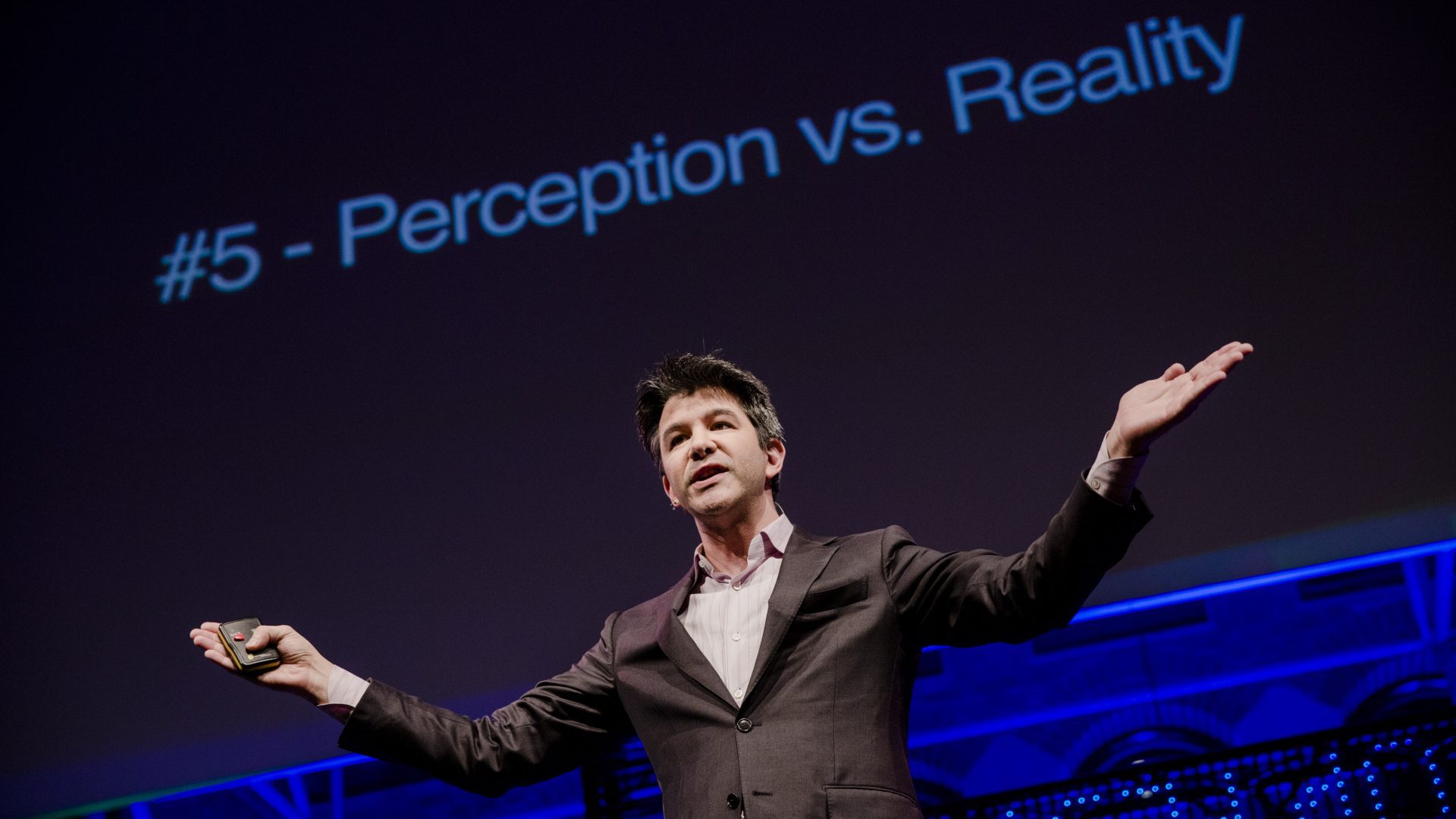

Uber responded to an inquiry from a Parliament Select Committee in the U.K. with a letter detailing the steps the company will make to improve the lives of its “gig economy” workers who drive for the ride-hailing network. In addition to providing earning advice sessions, English language classes, establishing an appeals panel, and access to savings and pension account products, the company will limit the number of hours its vehicle operators can drive for the mobility company.
Uber Drivers Complain of Long Hours, Low Fares
Last month the select committee heard evidence from drivers who complain of the long hours, rising standards, and low fare rates—in addition to high commissions they pay to Uber. Their prevailing concern seems to be the sheer number of Uber drivers on the road at any given time.
Uber has repeatedly lowered its fares to compete with other companies and steal customers from traditional taxis. Because Uber drivers cannot set their own rates, they often need to drive more hours to maintain the same income they earned previously either as an Uber driver or as a former taxi or private hire driver.
Andrew Byrne, public policy executive for Uber UK, noted that on average drivers are logged into its app for 30 hours per week, and only 25 percent of its drivers are logged in for 40 hours or more per week. The company already monitors drivers who are logged in for more than 56 hours per week, he wrote, and contacts them to remind them of safety practices. However, Byrne didn’t specify the future limit expected to go into effect this summer on the number of hours that drivers would be able to work in the UK. Last month, the company implemented a 12-hour per day cap on its New York driver base.
Drivers Want Uber to Limit its Network
A cap on the number of hours a driver can work in the U.K. could have the desired effect of reducing available vehicles for hire on the road. However, many of these gig drivers work for multiple ride-hailing companies at the same time. This means that if Uber turns off a driver’s app, he could sign on with a competitor and negate the safety intent of the work hour limit.
In the U.S., Uber and Lyft drivers report sleeping in vehicles between shifts to maximize the number of hours they can drive for ride-share apps. That was the case for a Mir Peerzada, a former interpreter for the U.S. forces in Afghanistan who now drives for Lyft in the San Francisco Bay area. The San Francisco Chronicle reported that Peerzada often sleeps in his car between Lyft shifts, and recently suffered a heart attack while transporting a passenger. Luckily that passenger happened to be a doctor who assisted him until emergency responders arrived.
Uber Makes Concessions
Complaints of long hours and low fares aren’t limited to the U.S. and Europe. Uber drivers in India held a 13-day strike calling for mobility companies to limit the number of drivers on the road and increase fares, and to roll back penalties. They received only mild concessions from the ride-aggregating app companies, and 20 drivers in Bangalore are on a hunger strike until their demands are met. A video of its CEO, Travis Kalanick, arguing with a driver revealed that the company plans to restrict the number of Uber Black cars in the U.S. starting in May.
However, not all gig employees have issues with the transportation network. Many drivers for Uber voiced their appreciation of a system that enables them to set their own schedule and find work when they would otherwise be unemployed.